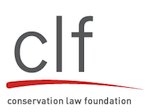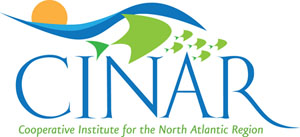The Marine Environmental Research Institute (MERI) has launched Maine’s first microplastics monitoring initiative. The program will add this emerging contaminant to the list of water quality indicators in the Blue Hill Bay watershed tracked by the institute’s 9-year-old monitoring program.
The monitoring team already measures pH levels, dissolved oxygen, chlorophyll and temperature, and tracks harmful algal blooms, bacterial and nutrient pollution and invasive species and will now respond to a newly recognized threat.
Microplastics, minuscule pieces of plastic smaller than 5 millimeters and mostly invisible to the human eye, are the product of degraded plastic debris. They pose a danger in the ocean because they are easily ingested by a wide variety of marine organisms and they adsorb toxic chemicals on their surfaces.
Microplastics act like sponges for toxic organic pollutants such as PCBs and pesticides, antimicrobials and plasticizers that are then ingested my marine creatures. They have turned up in samples taken from every ocean on the planet, and species from the bottom to the top of the marine food chain have been found to ingest these tiny particles—from filter-feeders and krill to sharks, seabirds and turtles.
MERI’s pilot monitoring program is designed to determine the extent of microplastics contamination of Maine’s coastal waters and its food web.
“A major goal this season is to develop monitoring protocols for plastics that can be shared with other research groups,” Meggan Dwyer, MERI’s coastal monitoring coordinator, said in a statement. “With support from Maine Sea Grant, we will refine and implement sampling techniques and analyze the various types of microplastics in order to identify their primary sources.”
Microplastics are created when larger plastic items such as shopping bags or water bottles break down into smaller fragments through wind, wave action or exposure to sunlight, but it is not only disposable grocery bags that are creating the problem. Primary microplastics are in toothpastes, skin cleansers, body scrubs and other items in the bathroom cabinet, usually in the form of polyethylene microbeads. They are also present in industrial abrasives such as paint remover.
Even clothing garments made from “fleece” may be contributors.
“Plastic is a major form of ocean pollution and a growing concern because it is a point source for toxic chemicals like PCBs and DDT in the food web,” Susan Shaw, MERI’s founder and director, said in a statement. “From our research, we know that marine animals like harbor seals already have high levels of these chemicals in their bodies.
“With this initiative, we will raise awareness of the toxic threat plastics pose to marine life and human health, and encourage both citizen and legislative action to curb plastic pollution along the coast.”
Print


















